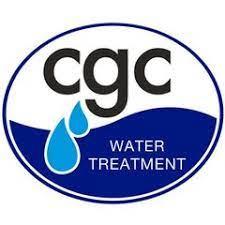Understanding PFAS Contamination: Implications and Solutions



PFAS are synthetic chemicals known for their unique ability to repel both water and oil. This property has made them popular in the manufacturing of products such as non-stick cookware, waterproof clothing, and firefighting foams. The two most well-known PFAS chemicals are perfluorooctanoic acid (PFOA) and perfluorooctane sulfonate (PFOS).

PFAS contamination occurs through various pathways, primarily from industrial discharge, firefighting activities, and the use of consumer products containing PFAS. These chemicals do not break down easily in the environment, leading to their accumulation in soil, water sources, and even in wildlife.
Research has linked PFAS exposure to several health risks, including:
Developmental Effects: Studies suggest potential harm to the growth and development of fetuses and infants exposed to PFAS.
Cancer: Some PFAS chemicals have been associated with increased risks of certain cancers.
Liver and Immune System Damage: PFAS can affect liver function and weaken the immune system, making individuals more susceptible to diseases.

Governments worldwide are increasingly recognizing the need for stricter regulations on PFAS. Many countries have set limits on acceptable levels of PFAS in drinking water and have begun phasing out the use of certain PFAS chemicals in consumer products.

Addressing PFAS contamination requires a multifaceted approach:
Monitoring and Testing: Regular monitoring of water sources and affected areas to assess PFAS levels.
Treatment Technologies: Developing effective treatment methods to remove PFAS from drinking water and contaminated soil.
Regulation and Legislation: Implementing strict regulations on PFAS production, use, and disposal to prevent further contamination.
Research and Innovation: Investing in research for safer alternatives to PFAS and more efficient cleanup technologies.
PFAS contamination presents a complex environmental and public health challenge that requires immediate action. By understanding the sources, health implications, and regulatory responses to PFAS, we can work towards mitigating its impact and ensuring a safer environment for future generations.

